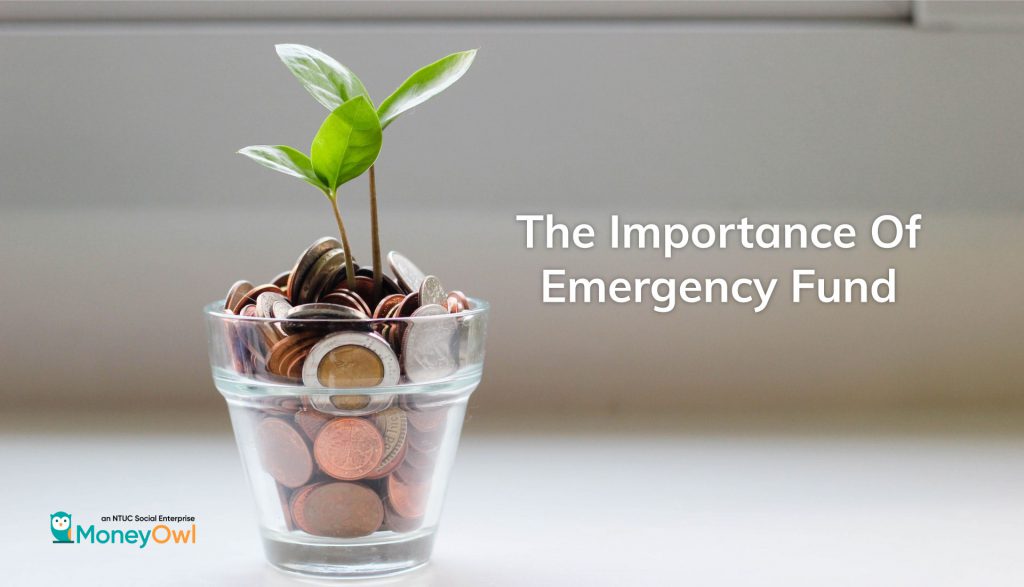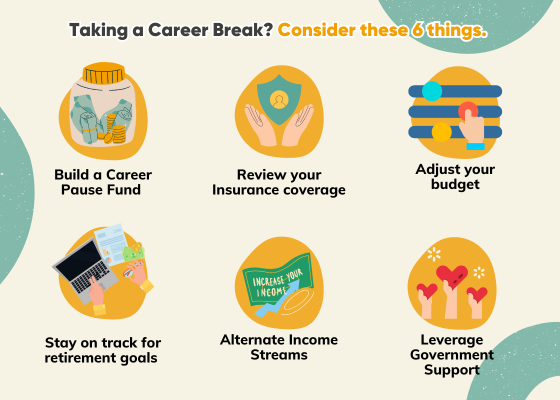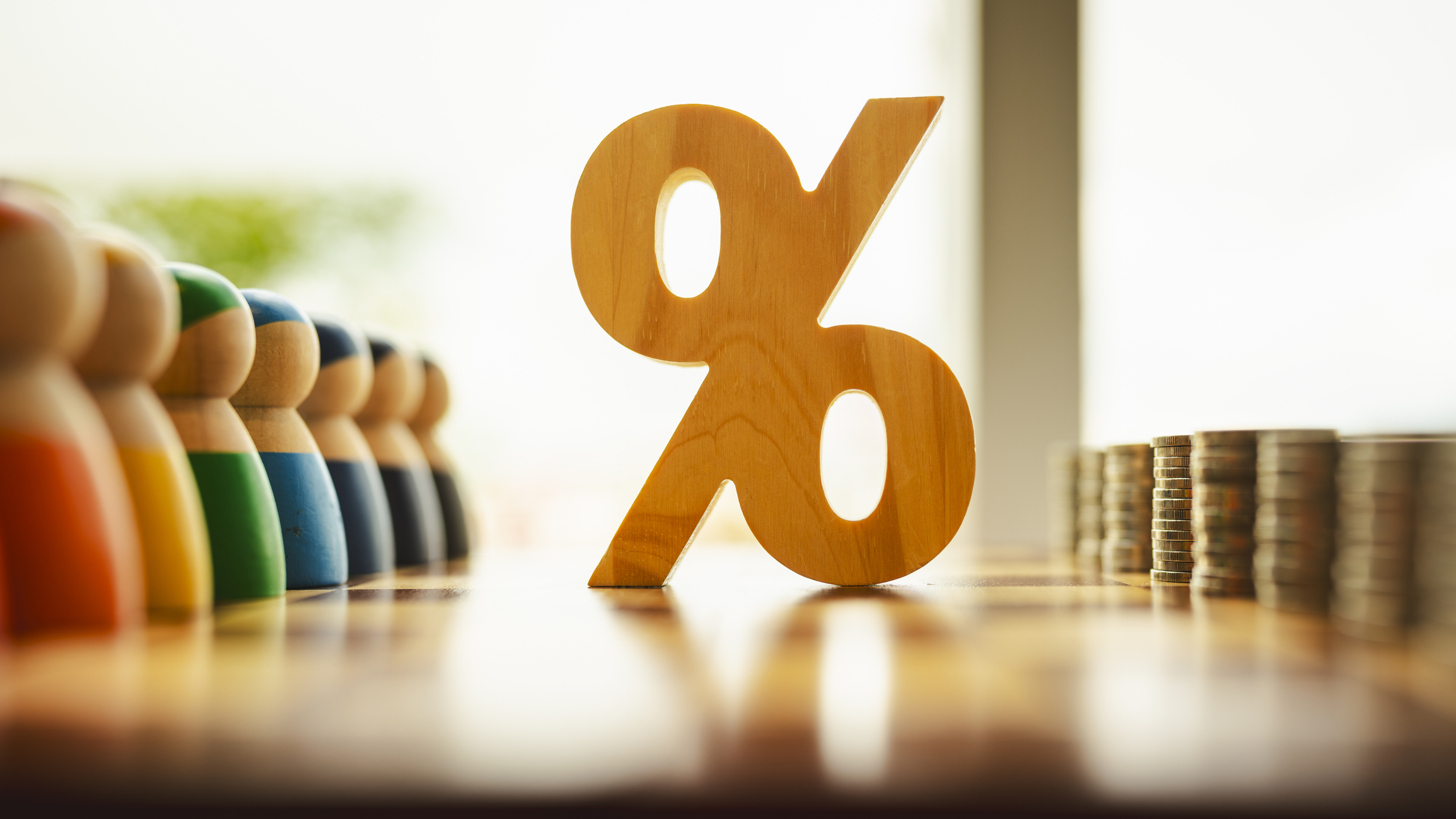Note: It was announced in November 2023 that MoneyOwl will be acquired by Temasek Trust to serve communities under a re-purposed model, and will move away from direct sale of financial products. The article is retained with original information relevant as at the date of the article only, and any mention of products or promotions is retained for reference purposes only.
______________
In a recent survey of 1,000 Singaporeans by OCBC, 50% of respondents said that they do not have enough savings to last them at least 3 months of their monthly expenses.
What this means is that in the event of a job loss, about half of us would need to find another source of income within 3 months, have to tighten our belts to make our savings last longer or have to resort to borrowing or selling of assets to maintain our lifestyle. This can indeed be a very stressful and uncomfortable experience, especially for those of us who have younger children who cannot understand the need to change their lifestyle.
Benefits of an emergency fund
Hence having enough rainy-day fund or what we call emergency fund is an essential first step towards achieving our financial independence. Most financial planners will advise you to save up towards having at least 3 to 6 months of monthly expenses to form your financial foundation, before recommending other wealth accumulation options. I can think of three immediate benefits of having an emergency fund –
- Gives you peace of mind that you and your family do not have to live hand to mouth.
- Offers you a safety net in the event of job loss or family emergencies – even without an income, there are bills that still need to be paid, e.g. home loan repayments, utilities etc.
- Form your foundation for wealth accumulation – you can keep your investments intact so that it can benefit from long term growth of the market.
Do I have an emergency fund?
If you have never thought about whether you have enough emergency fund, here’s a quick way to find out:
| Steps | How to check? |
|---|---|
| 1 | Add up your living expenses using the Budget Worksheet which you can download. |
| 2 | Add up your total cash and cash equivalents, i.e. money you can easily access without loss of value. These include your savings in the bank, Singapore Savings Bond, or money in cash funds. |
| 3 | Divide your answer found in Step 2 with the answer in Step 1. |
The number that you get equals the number of months of living expenses your current savings can provide. Ideally, this should be kept to a minimum of 3 months and no more than 6 months, otherwise, you could be keeping too much cash in the bank that could otherwise be put to work for you.
How can I save for my emergency fund?
When it comes to saving, there is no magic behind it. It isn’t about how much you earn but simply having the discipline to set aside a portion of your monthly income for savings before you allocate the rest of it for fixed expenses and other lifestyle expenses. The amount to set aside as savings is up to you but most planners recommend at least saving 10 – 15% of your monthly income. This amount excludes your CPF contributions as savings in your CPF is meant for your retirement needs and are not accessible for short-term needs or pursuing other life goals.
At MoneyOwl, for clients who need help with their savings, we recommend them the following method to apportion their monthly cash flow in a pain-free way. This requires you to set up 3 different accounts as shown in the diagram –
| Savings | Fixed Expenses | Spending |
|---|---|---|
| • Transfer at least 10% of salary on pay day | • Transfer enough to pay for monthly fixed expenses e.g. loan repayments, utilities, insurance etc. | • Receives monthly salary |
| • Restrict access to this account | • Spend balances after transfers guilt-free | |
| • Store your emergency funds | • Use GIRO to avoid missing payments and incurring penalties | • Use debit card to avoid high interest debt while earning points |
| • Explore risk-free options to grow these savings |
After you have identified three accounts for this purpose, you can easily set up standing instructions to transfer the money from your spending account into your savings and fixed expenses account each month on your payday. It may be uncomfortable for you to restrict your spending in the beginning but the amazing thing about human beings is that we are highly adaptable and it won’t be long before you train yourself to live within the balances left each month.
In the meantime, you are free from worrying about whether you have enough for your fixed bills and are also working towards your financial independence.
Where can I save my emergency fund?
Instead of just thinking that a savings account with any of the retail banks is your only option to save your money today, do take time to explore the market. With savings account interest at an all-time low of 0.05% p.a., leaving your money in the bank is essentially letting inflation erode its value.
Because we are talking about hard cold cash that you may need in short notice, you should be careful not to put them in instruments that are subject to market volatility, forcing you to liquidate at a loss because you need the money urgently. This can happen with money market funds which are unit trusts that invest in short-term high-grade instruments like government treasuries and commercial papers issued by companies. In exchange for taking on credit, default and currency risks through exposure to emerging market debt and real estate, these portfolios promise higher returns in the range of 1 – 2% p.a. These instruments are closer to investments than savings alternatives.
In the field of savings alternatives, do consider the following instead.
Author: MoneyOwl’s Solutions Team




